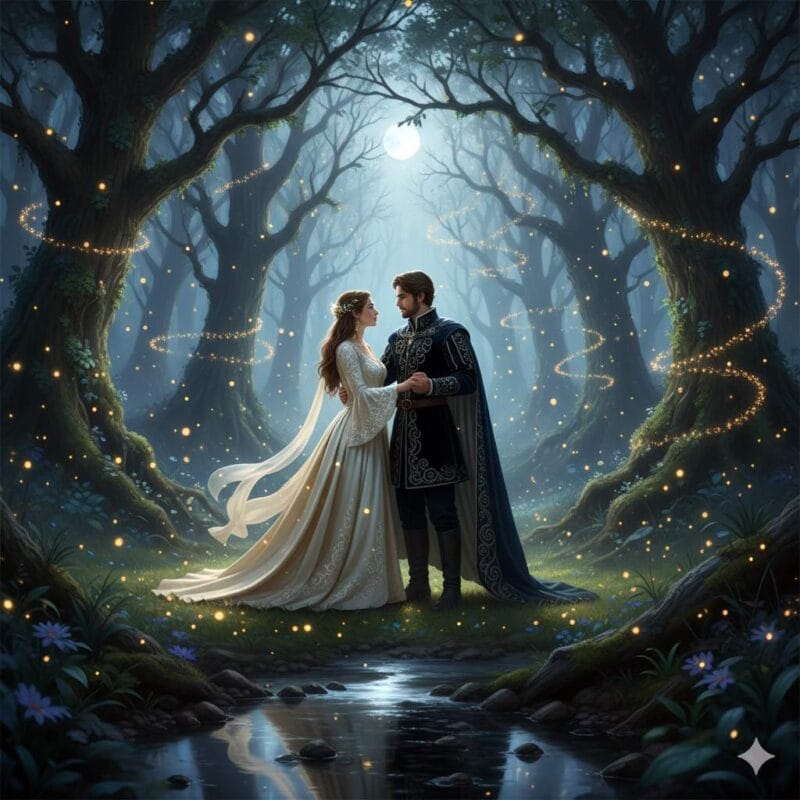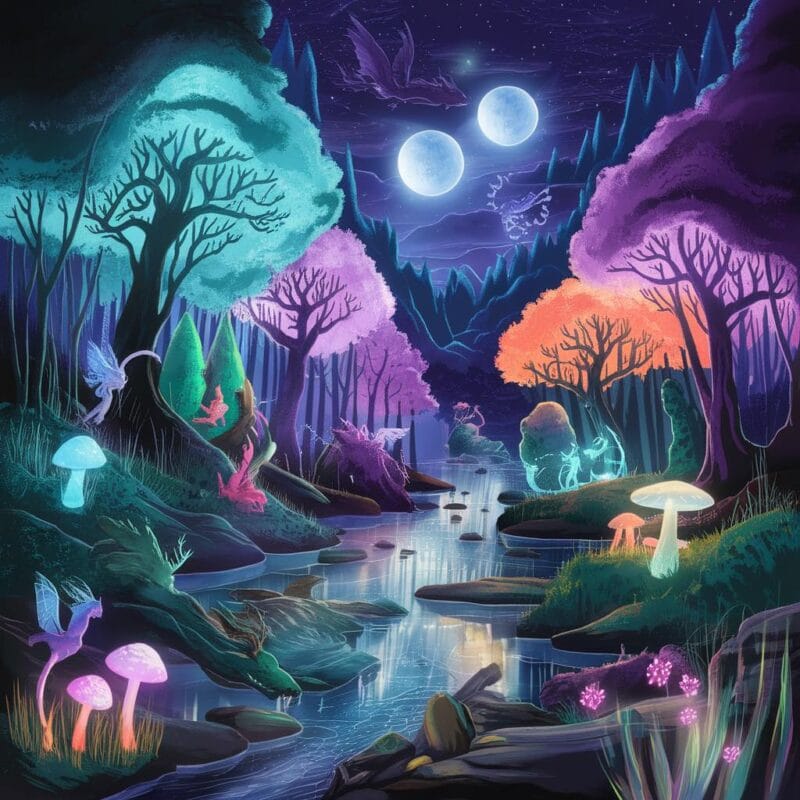In literature, “mise en abyme” is a narrative technique that embeds a story within another story, creating layers and depth. This reflective approach encourages characters and readers to examine broader contexts and connections. Authors such as Jorge Luis Borges and André Gide use this method to move beyond traditional storytelling and encourage exploration of meanings and implications that extend beyond the plot.
Mise en abyme adds complexity to narratives by exploring metafictional elements and establishing a dialogue between the narrative and its thematic or structural core. In Gide’s work, for example, this technique sparks discussions on the nature of storytelling and reality. By embedding stories within stories, authors encourage audiences to reflect on the implications of perspective and interpretation.
This technique enables authors to blend historical events and personal experiences into fiction, blurring the line between reality and invention. For example, Herman Melville’s Benito Cereno (1855) weaves layered narratives to explore themes of slavery and revolt. Through such intricate storytelling, fiction mirrors broader historical and personal truths, echoing themes found in other artistic mediums like painting and theater.
Historical Context and Key Examples
Literature has utilized the concept of mise en abyme in various forms. Authors like Dante, Chaucer, and Cervantes used this device to add layers to their storytelling. In more modern contexts, writers such as John Fowles and Italo Calvino have embraced this technique to engage readers on multiple narrative levels.
Early Literature
Dante Alighieri’s Divine Comedy (circa 1321) is an early example where mise en abyme is evident in the text’s intricate structure and detailed allegories. Characters encounter reflections of their own lives and fates, leading to a deeper exploration of moral and spiritual themes.
In Geoffrey Chaucer’s The Canterbury Tales (circa 1400), the framing device of a pilgrimage acts as a narrative structure that contains multiple stories within stories. This layering produces a rich interplay of narrative voices and perspectives and provides readers with a view of 14th-century society.
Renaissance
Miguel de Cervantes’ Don Quixote (Spanish: El ingenioso hidalgo don Quixote de la Mancha, 1605/1615) features the “Knight of the Mirrors” episode, illustrating a clever use of mise en abyme where characters confront mirrored versions of themselves. This clever device enhances the novel’s exploration of chivalric ideals and reality.
In William Shakespeare’s Hamlet, the play-within-a-play device, known as “The Mousetrap,” is a classic example of mise en abyme. It serves as a pivotal plot element that helps Hamlet examine themes of duplicity and truth while also providing a mirror to the main narrative.
Modern and Postmodern
John Fowles’ The French Lieutenant’s Woman (1969) uses a metafictional approach, engaging readers in the narrative’s structure and the layered meanings beyond the text.
Michael Ende’s The Neverending Story (1979) involves a direct engagement of the reader with the narrative, blurring boundaries between fiction and reality.
Calvino’s If On A Winter’s Night A Traveler (1979) presents a sequence of beginnings, asking readers to piece them together, reflecting on the nature of storytelling itself.
Mark Z. Danielewski’s House of Leaves (2000) offers a complex narrative filled with footnotes and multiple levels of storytelling, exploiting a labyrinthine structure to challenge the reader’s perception of reality and fiction.
Functions and Effects in Literature
Adds Narrative Depth and Complexity
The use of mise en abyme adds layers of complexity to the narrative, encouraging readers to view it from different perspectives. This method, often called recursion or self-reflexive embeddings, creates a frame story that envelops multiple subplots, weaving them into a cohesive whole. It is akin to a Matryoshka doll, where each layer reveals another story.
Such a narrative device challenges readers to parse through the layers of self-similarity and self-reference, enriching the text by adding depth beyond the simple surface story. In doing so, it leads to deeper engagement from the audience, compelling them to reflect on how these narratives interlink.
Enhances Themes and Motifs
Mise en abyme can enhance and highlight themes by drawing parallels and similarities between stories. By embedding motifs and narratives, authors create a mirror effect that amplifies key themes across the layers of the story. This technique employs self-awareness and deconstruction of traditional narrative structures to emphasize the intended motifs.
For example, a play within a play can echo the main theme of the larger work, reinforcing the central conflict or message. This recursive technique allows thematic elements to resonate more deeply, keeping them at the forefront of the narrative and ensuring they are thoughtfully reinforced throughout the work.
Engages Readers in a Meta-Narrative
When literature employs mise en abyme, it forms a meta-narrative that encourages engagement with the text on multiple levels. The self-referential and meta-narrative nature often involves deconstruction, examining the text’s own structure and meaning. This introspective look adds layers of interpretation.
By presenting readers with self-reflexive and intertextual narratives, authors create an environment where storytelling becomes an exploration of storytelling itself. This interplay creates a narrative environment in which readers are active participants, engaging with the text both as an audience member and a critic.
Blurs Boundaries Between Reality and Fiction
Mise en abyme frequently blurs the boundaries between reality and fiction, creating an image-within-an-image effect that questions the nature of reality within the narrative. This literary device constructs an infinite regress, where the text continuously reflects upon itself. In doing so, it challenges preconceived notions of narrative boundaries.
In executing this blurring of lines, literature can present a film within a film or a Droste effect, each contributing to a sense of self-awareness and reflection. This approach encourages readers to question what they perceive as real within the narrative and consider the constructs of the story’s world.
Further Reading
Mise en Abyme by Ari Peritz-Means, Confluence
Into the Abyss: The Mise en Abyme, the Art Work Within the Art Work by Ronald B. Richardson, ronaldbrichardson.com
“The Counterfeiters” and the Mise en Abîme by Nicole Lorenzoni, Arcadia
Into the Abyss: A Study of the mise en abyme [doctoral thesis, PDF file] by Marcus Snow, London Met Repository




